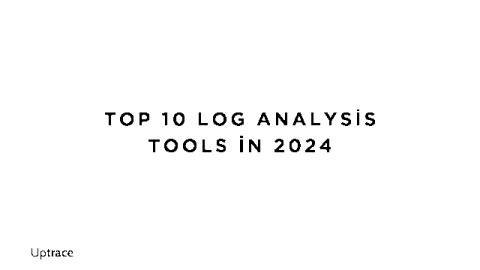The OTTL Cookbook: Common Solutions to Data Transformation Problems
As our software complexity increases, so does our telemetry—and as our telemetry increases, it needs more and more tweaking en route to its final destination. You’ve likely needed to change an attribute, parse a log body, or touch up a metric before it landed in your backend of choice. At Honeycomb, we think the OpenTelemetry Collector is the perfect tool to handle data transformation in flight. The Collector can receive data, process it, and then export it wherever it needs to go.











